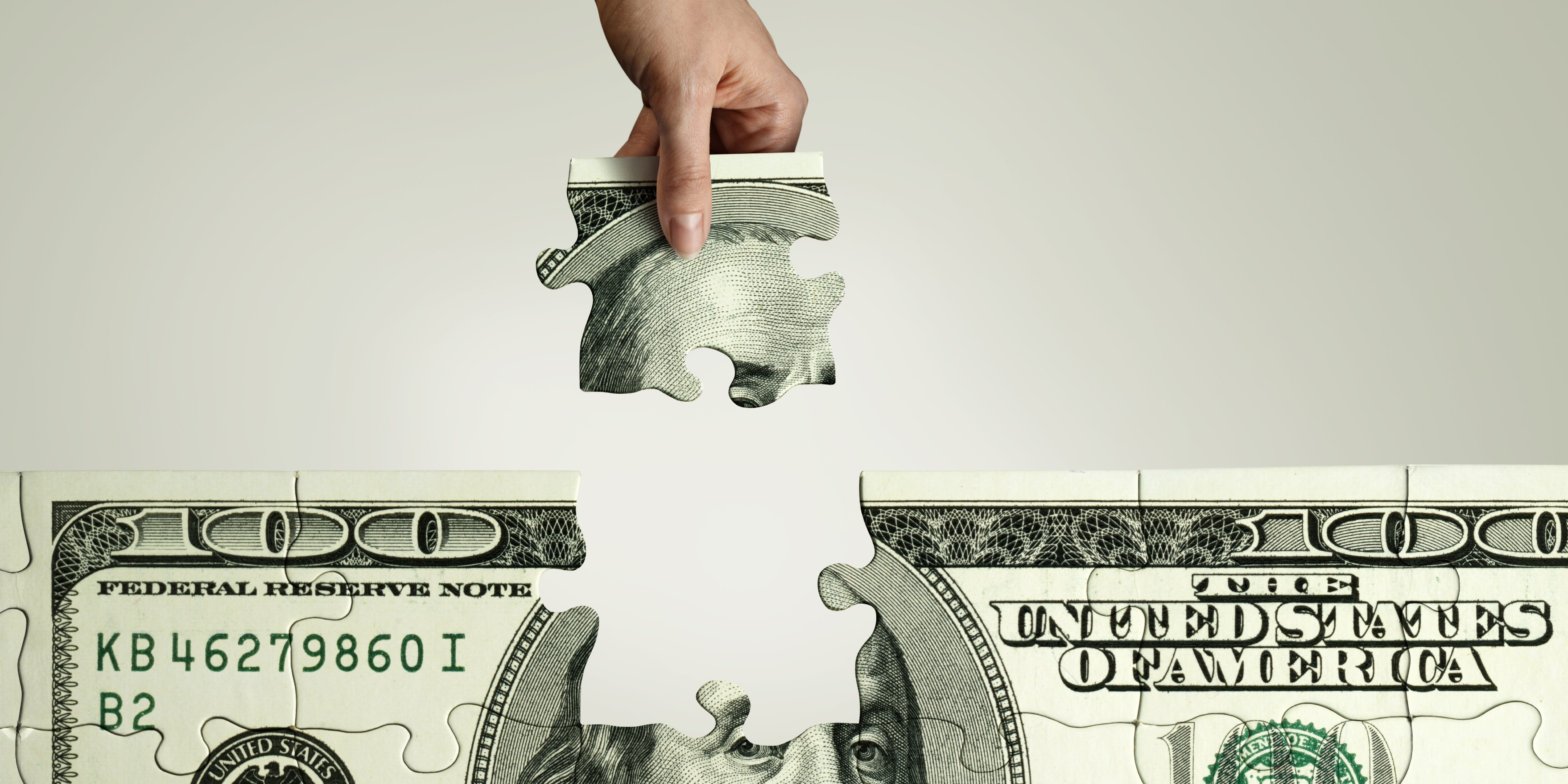The currency regime may see multiple players in the future, TD economist Vikram Rai wrote. The euro and yuan are the dollar’s biggest contenders, though it would take years to replace it. The process could speed up with the introduction of central bank digital currencies. Loading Something is loading.
Thanks for signing up!
Access your favorite topics in a personalized feed while you’re on the go.
While no immediate threat exists that would end the dollar’s dominance in the near future, the greenback’s hegemony is increasingly at risk, said Vikram Rai, a senior economist at TD Bank.
Though still nascent, alternatives are emerging that may one day take away from the dollar’s strength, establishing a less concentrated currency regime.
“Within the next decade or two, there is great potential for regionally-dominant currencies and a multipolar international regime to emerge, with the roles filled now by the dollar shared with the euro, a more open yuan, future central bank digital currencies, and possibly other options we have yet to see,” he wrote in a note on Wednesday.
As of right now, the dollar continues to reign as the most widely-held reserve currency, Rai said, a trend that has remained unchanged since World War II. It also accounts for 50% of the world’s trade invoicing, and is a key asset in bond issuance and cross-border banking.
But while the US benefits from these attributes, there’s growing frustration with the dollar’s supremacy, he noted.
Along with other analysts, Rai attributed that to the West’s decision to freeze Russia’s currency reserves after the country invaded Ukraine last year.
Since then, central banks around the world have been filling their reserves with gold to reduce their exposure to the dollar. Meanwhile, China has pushed the yuan’s use in a number global transactions agreements, such as with Brazil, India and Russia.
Rai also noted China’s efforts to use the yuan in the crude oil trade, chipping away at the long-standing dependence on the dollar in commodities markets.
“The challenge to the ‘petrodollar’ is significant, both economically and symbolically – the convention of Saudi Arabia and other OPEC exporters to price their crude oil export has supported demand for dollars, as every country trades in crude oil markets and therefore must hold them,” he said.
But a full dethroning would take time. While the euro is another serious contender against the greenback, both it and the yuan compete poorly against the reliability of the dollar, he said. Compared to the safe-haven attribute of US bonds, euro-denominated bonds often don’t come from the same government, dulling their dependability.
Meanwhile, the yuan is neither freely convertible nor widely available, Rai added. Other analysts have also noted that it’s impaired by China’s tight controls, making it poorly adapted to free market flows.
Still, some factors could speed up the de-dollarization process. Central bank digital currencies are one such threat, with a number of countries already working on the technology. If adopted, such tokens could remove the dollar’s need in settling payments.
Meanwhile, disruptive events are also a danger to the dollar, Rai said. While the recent US default had been averted, similar episodes in the future could shake international faith in the currency and accelerate its weakening, he wrote.
Other challenges could also emerge in the coming years, such as the idea for a shared currency among BRICS nations.
“A full-fledged currency union between such disparate economies is unlikely to come to pass, but the announcement signals a commitment to conduct more of their trade and finance without dollars,” Rai said.
